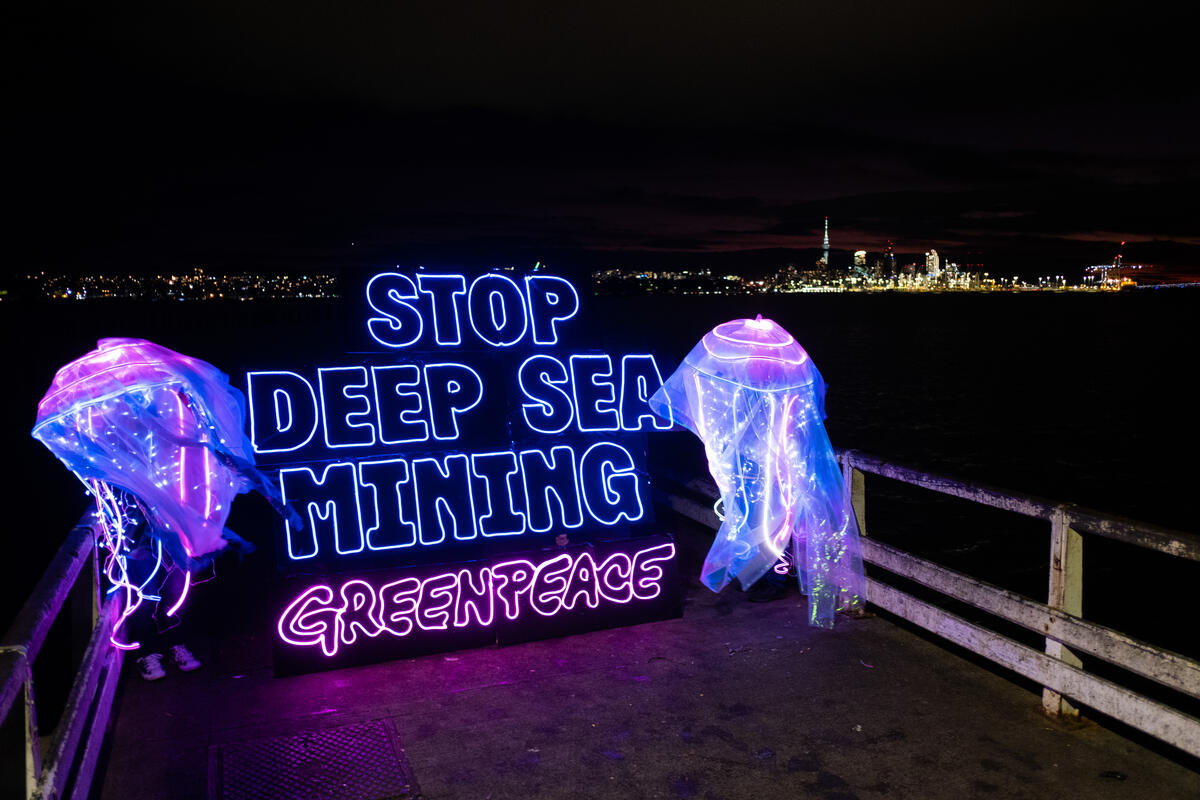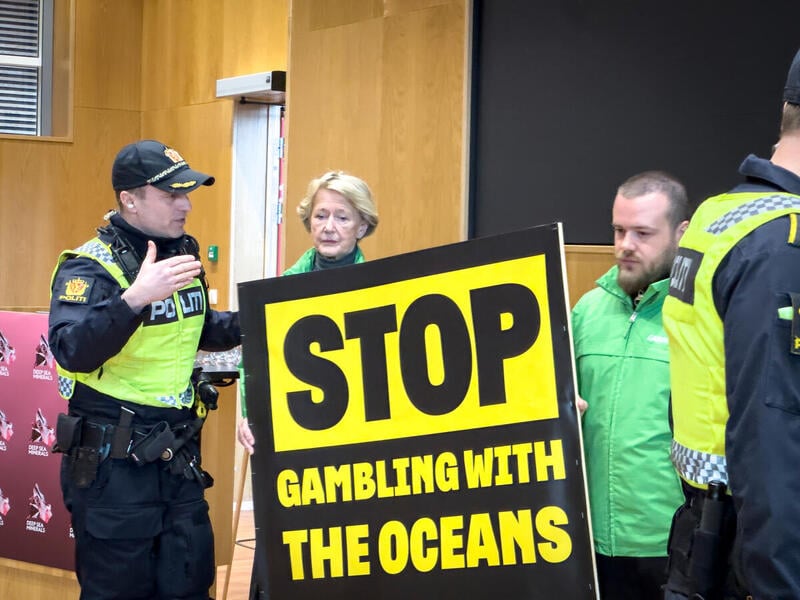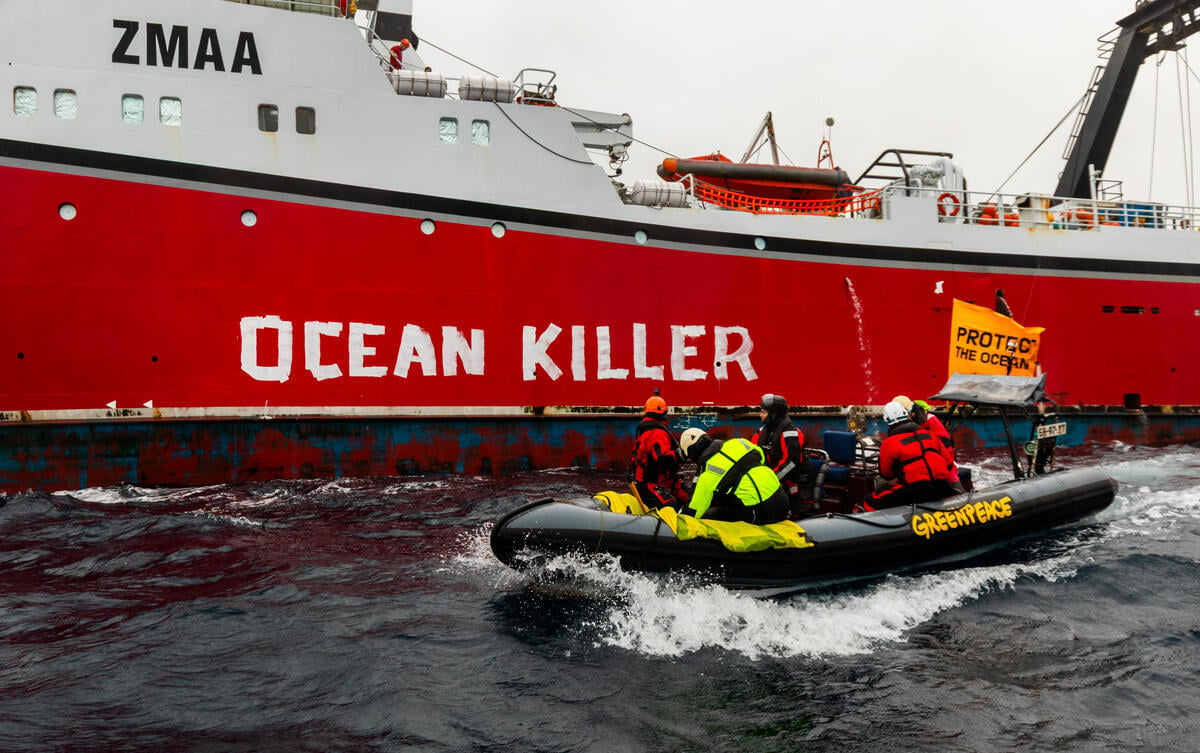The story begins in the 1950s, when Royal Dutch Shell found oil near Groningen, in Permian sandstone linked to North Sea formations. By 1971, Shell had located the giant Brent oilfield in the North Sea, 220km east of Shetland Islands. The Brent field produced a valuable, low sulphur crude, and set the standard for the European, or “Brent”, oil price.
In 1976, Shell constructed the Brent Spar, a floating oil storage tank, 147 metres tall, with thick steel walls, holding up to 300,000 barrels of crude oil. The Shell team had damaged the tank during installation, and doubts remained regarding its structural integrity. Four years later, Shell constructed a pipeline from the deep sea field to the mainland, making the spar redundant. In 1991, with no use for the Brent Spar, Shell applied to the UK government to dump the installation into the North Sea.
In addition to crude oil, the giant piece of industrial garbage contained PCBs, heavy metals, and radioactive waste. Dismantling the Brent Spar on land would cost an estimated £41 million. Deep sea disposal, exploding and sinking the spar, would cost an estimated £19 million. Shell had some 400 additional platforms in the North Sea that they would eventually have to scrap. Dumping them all in the sea could save the company about £8 billion. They presented the planned dumping to the British government as a “test case”.
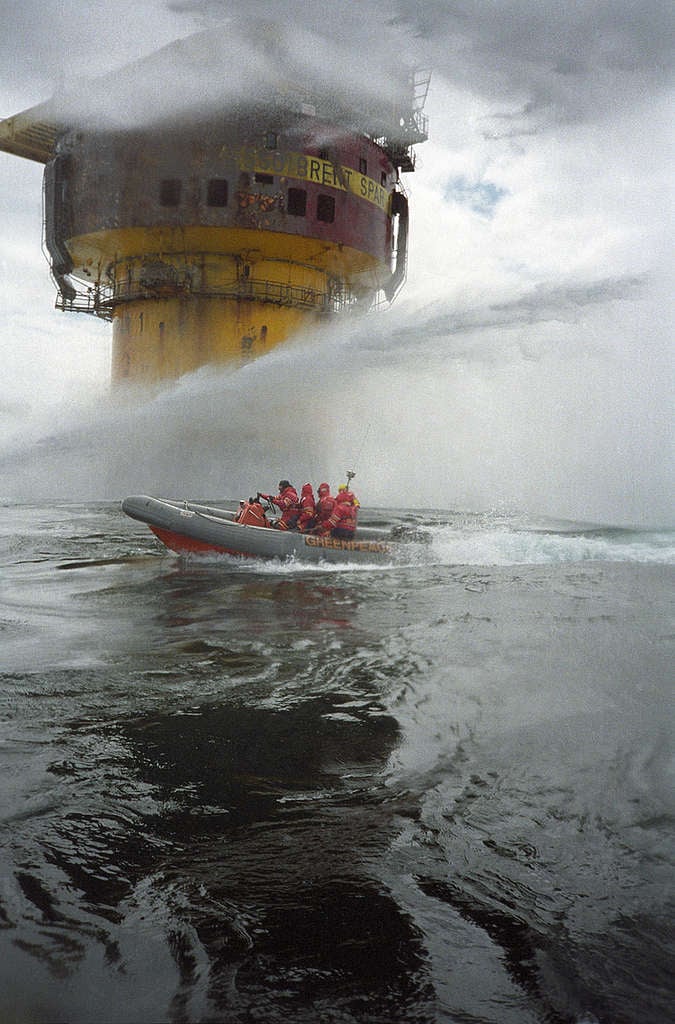
The UK Ministry of Energy gave Shell full support to dump Brent Spar at North Feni Ridge, 250km from the northwest coast of Scotland, in 2500 metres of water. Shell claimed that sinking it would have only a “localised” effect in a region that offered “little resource value”.
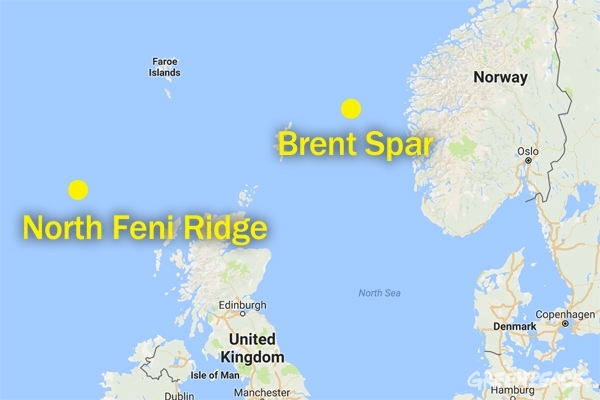
Enter Greenpeace
Earlier, in 1978, Greenpeace had confronted the ship Gem, dumping European radioactive waste into the North Atlantic. In 1993, the London Dumping Commission, with 70 member nations, passed a worldwide ban against radioactive waste dumping at sea.
A year later, in December 1994, Gijs Thieme in the UK Greenpeace office heard about the planned disposal of the Brent Spar, and urged his colleagues to launch another campaign. The North Sea Environmental Ministers had planned a conference for 1995 in Esbjerg, Denmark, just as Shell planned to dump the Brent Spar. The Greenpeace activists seized the moment to extend the dumping ban to include installations such as the spar. Thieme, Remi Parmentier in France, and Harald Zindler in Germany planned a campaign to occupy the spar and disrupt Shell’s plans. Rose Young — an American activist working with the Northern European Nuclear Information Group in the Shetland Islands — organized campaign logistics from the Shetlands. The activists based the campaign on a simple principle: “The sea is not a dustbin.”
On 29 February 1995, Greenpeace vessel Moby Dick Left Lerwick in Shetland for Brent Field. A month later, on 30 April, Greenpeace activists occupied the Brent Spar, maintained their presence for three weeks, took samples from the oil storage tanks, and called for a ban of Shell service stations.
Images moved across European and world media, showing Shell security and British police spraying the protesters with water cannons, as Greenpeace relief teams flew in by helicopter. Demonstrations broke out across Europe, the German Ministry of the Environment protested the dumping plan and, on 15 May at the G7 summit, German chancellor Helmut Kohl publicly protested to British Prime Minister John Major. In June, eleven nations at the Oslo and Paris Commission meetings called for a moratorium on sea disposal of offshore installations.
Shell and the British government defied public sentiment, and on 10 June, Shell began towing the spar to the Feni Ridge disposal site. Consumers boycotted Shell stations across Europe. In Germany Shell lost some 50 percent of sales.
In May 1995, Shell succeeded in removing the spar occupiers. At the end of May, Eric Heijselaar, working in a Dutch climbing shop, got a phone call from Greenpeace: “Do you want to help us re-take the Brent Spar?” A week later, he stood on the deck of the Greenpeace ship Altair, skippered by Jon Castle, gazing out at the North Sea. Heijselaar kept a journal, and his account takes us into the maelstrom:
Eric Heijselaar’s journal
13/06/95: I had the 04.00 to 06.00 watch. Drove in the Lecomte to the Brent Spar at 10.30. Sea is calm. Sea? I’m sorry, North Atlantic. Bloody hell, a couple of days ago I was selling walking boots.
There’s a police helicopter above us, trying to serve us an injunction. They tried to throw in onto the heli-deck. Kevin and I used the fire hose to wash it away. Faik finally managed to get rid of it without touching. You touch, you’re served!
14/06/95: Last night on the bridge: Jon: “Yes Eric, I think you’re the type who can do this sort of job. Would you like to give it a try with Al?” Scary stuff.
We have journalists on board, some are wearing “Don’t dump the Brent Spar” stickers. From a BBC journalist: “Wow, this is more fun than Lockerbie!”
15/06/95: Al, me, and Harald will fly out with the helicopter on Friday morning. First light. How we are gonna do this with all those water cannons is not clear yet. Since the word spread that me and Al are preparing to retake the Spar, there have been a lot of sick jokes from the “heavies”on board.
21/06/95: At our first try to get onto the Spar we had all the boats in the water for a frontal attack. Harald, Al and me in the heli, right above the platform.
Water cannons prevent us from landing or getting close to the platform. Just as the pilot decides to turn back to the ship. The helicopter is hit. We swing around violently. This is my first time in a helicopter. Everybody is pale and silent. Grim faces.
Back on the ship. We decide to give it a second try. Just me and Al Baker. We take off. The pilot sees a window. He literally dives underneath the beam of water. Glad I didn’t have breakfast.
We end up ten meters above the heli-deck of the Brent Spar. The mechanic wants us to jump out at this height. Al shouts what I think. “No way man!” The pilot manages to go down another five meters. Al jumps first, then me. One of the water bags hit Al on the head. He is laying face down on the deck. I already feel an itchy pain in my heels. We lay out two banners on the deck. “Save our seas”and “Greenpeace”. The photo’s went worldwide.
We take all the water and personal equipment below deck on the spar. We find a room that is reasonably dry. The heli is back above the Spar, throwing small containers filled with food, sleeping bags, and cooking stuff, dropped from 50 meters. Most of the stuff is smashed to bits. Only one of the sleeping bags can be used. The other is wet, full of glass, beans, and tomato sauce. Bummer. My heels are starting to hurt from the jump. The painkillers from the first aid kit only take off the rough edge. Bummer 2.
We try to get barbed wire off the railing, onto the heli-deck, to prevent them from landing to take us off. I bend over the railing with my bolt-cutters and get hit by an express train. Water is everywhere at once. Sounds stop. I’m holding on to the barbed wire. Al is gone. Washed away. This was a deliberate attempt to blow us off the Spar with water cannons. We are 50 metres above the ocean. I get the feeling that somebody just tried to kill me.
Next day, in the spar mess-room, three windows are missing. A steel cupboard is blown through a wall. Water is now going into the three rooms we just got dry. We remove the shower units in the rooms and smash the drains through the floor. Now the water can go down to the floor underneath. We start improving our water defences.
Today, we both got hit on the heli-deck. The only thing that stopped us from falling over the edge was a roll of barbed wire. These guys are completely out of control.
[Shell had rigged explosives on the spar for blowing it up at sea. Heijselaar continues:]
Al wanted to disable the explosives. I didn’t. We asked Tim to get info about the possible dangers. The expert came back to him with, “It’s probably safe to cut the wires.” Probably?! Al thinks this is funny. I do not agree. We look at each other briefly. You get to know each other quite well in these circumstances. Al cut the first, brown wire. There were 32 wires in pairs, one brown, one white twisted together.
After about a minute we dare to breath again. Then we cut the rest. When all are cut we sit on the ground and start to giggle. The threat of a single idiot on the Shell ships pushing a button is over.
The last day: Thanks to the painkillers I was eating, I slept well most nights. Just before 18.00, I called Tim on the VHF. The Altair crew were listening to BBC world service, and we were the first item. Tim stopped our conversation abruptly. “Eric, Stand by!” Suddenly, I heard shouting. Shell did the U-turn!
Outside, the water cannons stopped for the first time in weeks. The silence was eerie.
Tears of joy. We waited some hours for the official confirmation. It was really over.
Shell’s change of plans
The pain in Eric Heijselaar’s heel, turned out to be a broken bone, suffered from the leap out of the helicopter, but for the next few days, he kept taking pain killers as the campaign crew celebrated victory. Rose Young recalls: “Jon Castle, skipper of the Altair, announced that the Spar was altering course and going towards Norway. Unbelievable! A rainbow emerged from a grey sky, whales and dolphins emerged from the sea around the boats. Magic. I’ll never forget it.”
In July 1995, Norway granted permission to moor the spar in Erfjord, while Shell reconsidered its options. Three years later, in 1998, the Convention for the Protection of the Marine Environment of the North-East Atlantic (OSPAR) passed a ban on dumping oil installations into the North Sea. Shell announced that Brent Spar would be cleaned out and used as a foundation for a new ferry terminal. In the summer of 2017, Shell will start decommissioning the remaining four Brent field production platforms on land.
The Brent Spar action survives in history as a classic Greenpeace campaign that genuinely did change the way humankind behaves in the world.
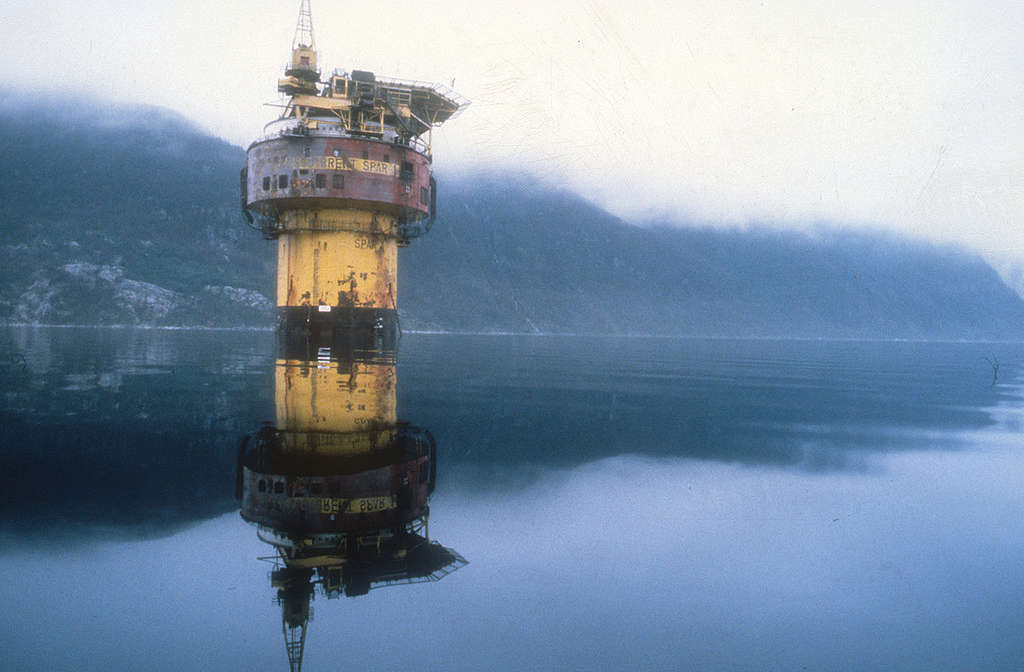
Sources, links:
Prestel Books: Photos That Changed the World
Pictures that Changed the World: UK Mirror
BBC Report: What it takes to dismantle an oil rig
Greenpeace, 1995: Shell reverses decision to dump the Brent Spar
Rémi Parmentier: Greenpeace and the Dumping of Waste at Sea
Shell Oil: Brent Field Decommissioning
Short video with activist interviews: Brent Spar, Greenpeace vs. Shell


